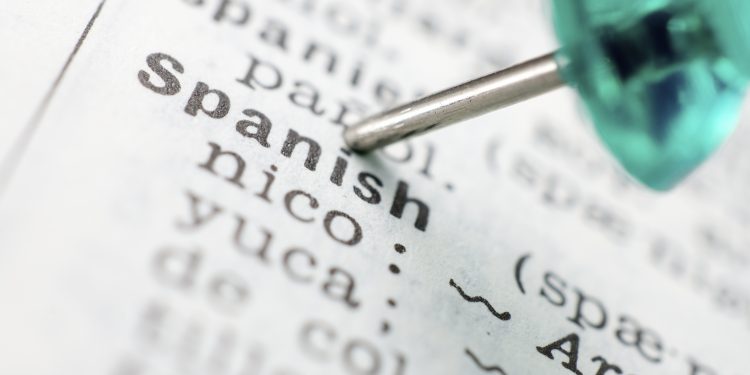One thing that makes Spanish conversation quite easy for the beginner is that there are basically only five vowel sounds.
Vowels don’t change their sound in Spanish
By themselves, Spanish vowels never really alter their sound, unlike English vowels, which, to the native Spanish speaker can be quite baffling. Pronunciation of words like determine, waffle, sausage, and names like Ian and Graham, as well as wind (the kind that blows) and wind (as a watch), read (present) and read (past), and differences in the pronunciation of words such as rough, bough, though, thought and thorough, are almost anathema to the logical Spanish mind.
Vowels joined together
Even when two vowels together join to make a single sound, that sound is essentially a combination of the two vowels’ individual pronunciations.
Here are some examples:
- Amainar —to wane or diminish— has the regular ‘a’ sound, (a as in cat) in the first syllable, while the ‘ai‘ is pronounced like the long i in English, as in high.
- If you join the short ‘a‘ and the Spanish i (pronounced as the long ‘e’ in English—like the first ‘e’ in Peter) you get a sound very similar to the English long i. It requires a bit of squashing them together as two vowels are made to fit the space of one, but the basic sounds are kept.
- The ‘au‘ in Spanish is pronounced like the ‘ou’ in the English ‘out’ and is a similar combination of the Spanish ‘a’ sound and the Spanish ‘u’ – which is like the English ‘u’ in flute.
- The ‘o’ in Spanish is pronounced as the short ‘o’ in dog. The ‘o’ combined with ‘i’ or ‘y’ is pronounced as the ‘oy’ in boy, and presents little difficulty.
- ‘Ou’ in Spanish only occurs in foreign words —for example ‘voucher’— and its pronunciation is usually as close as possible to that of the foreign word. the Royal Spanish Academy, the Real Academia or RAE, actually spells it ‘váucher.’ More common in Spanish is cupón or vale.
This holds true for other combinations of strong and weak vowels joined to form a single syllable.
The ‘sharp’ E in Spanish
There is, however, one subtle variation in the sound of the Spanish ‘e’, which is slightly sharper at the end of a word than at the beginning or in the middle.
While the correct pronunciation of the Mexican currency —the peso— is closer to PE’-soh than PAY’-soh, the sound of the ‘e’ at the end of a word (i.e. not followed by a consonant) is slightly closer to ‘ay’ without being quite the same. Here are some other examples to illustrate the point:
- Perderé — (I will lose) – is approximately pair-de-RAY’.
- Depende — (it depends) – roughly de-PEN-day.
- Impenetrable — EEM-pe-ne-TRA-blay.
Mexico in your inbox
Our free newsletter about Mexico brings you a monthly round-up of recently published stories and opportunities, as well as gems from our archives.



